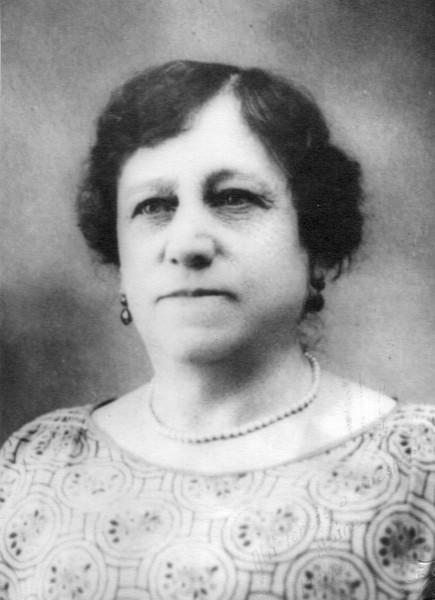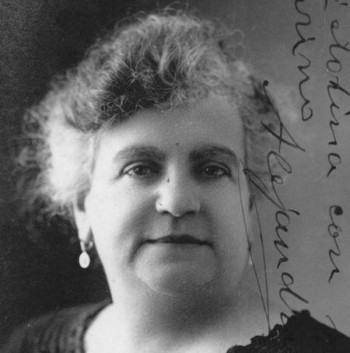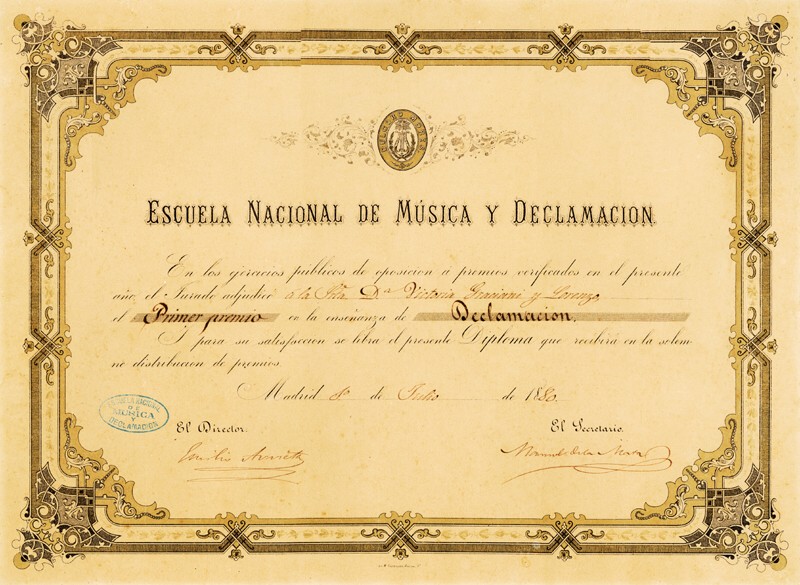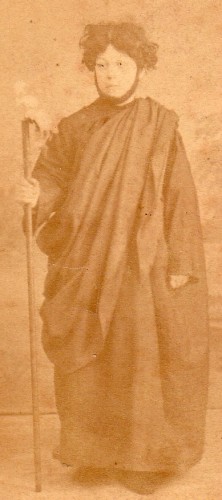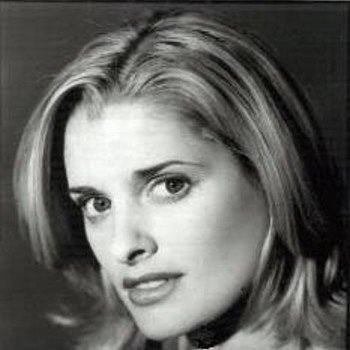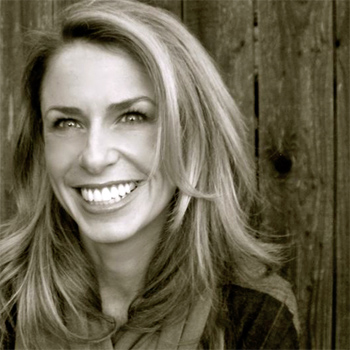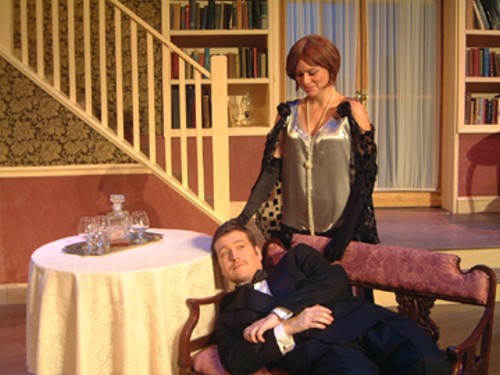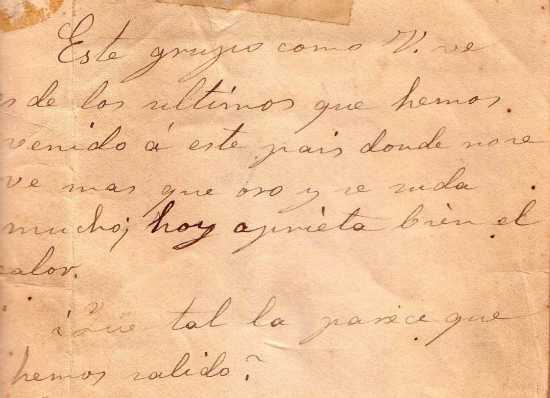Tío Manuel is another story
entirely. It seemed like, to the Lagos Besteiro kids, he was
always around, although with the death of Paquito LAGOS GRACIANI at the
age of 13 months, he would have no lasting legacy in terms of blood
descendants. Nevertheless, it appears that he was the person
primarily responsible for initiating the family's move to Cuba and
therefore, from this point of view, perhaps the single most influential
person in shaping the future of the US Lagos-Besteiro family.
Emilito thinks he was also a whacko.
Manuel LAGOS TOLEDO, as was his younger brother Antonio, was born in
Periana, a small town in the province of Málaga, on January 3,
1878. He and his family moved to Madrid in 1885
and little is known about their existence during the next 15+
years. Several siblings died in that time period, the family
history has it of tuberculosis, and in 1900 and 1903 first his father,
then mother, died of tuberculosis. At the age of 25, the oldest
surviving sibling (of Antonio, 22, Paco, 18, and Mercedes, 11), Manuel
was without parents, and Paco and Mercedes would both die of
tuberculosis
within the next seven years.
In 1903 Antonio met Pepita BESTEIRO GRACIANI, an 18-year old who had
lost her father at age 14, and became attracted to her. Manuel,
whom Antonio introduced to the family, became attracted to Pepita's
mother, the relatively wealthy widow Victorina GRACIANI LORENZO. Part of the story is told elsewhere in
emilito.org, which recounts a little sketch Emilito's mother
Carmen wrote for Pepita's 82nd birthday party in 1966.
At any rate, we don't know the details, but on January 4, 1904 26-year
old Manuel married 41-year old Victorina in Madrid. After the
marriage, Manuel didn't think it proper for his brother to court the
daughter of his wife, so he forbade their courtship. Luckily,
Antonio and Pepita were to marry despite Manuel's orders.
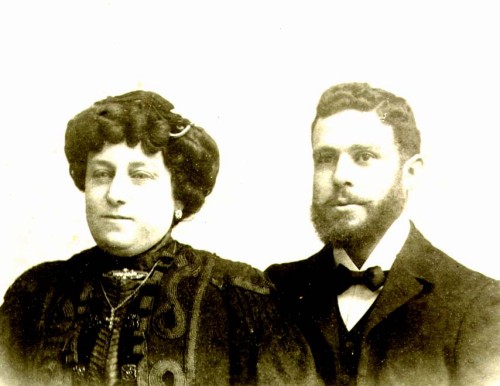
Bride and Groom - Victorina Graciani (41) and Manuel Lagos (26)
Emilito found documentation that Manuel Lagos visited both the United
States and Cuba in April 1905 (New York on the 11th and Havana on the
18th). Family lore has it that Manuel went with his brother
Antonio and Victorina's eldest son Domingo BESTEIRO GRACIANI. No
evidence, however, has been found of Manuel and Domingo's arrival with
Manuel (although it is very likely - Emilito has in his possession a
"permission to leave Spain" document for Antonio dated June 1905 - that
they too arrived in Cuba
sometime in 1905). At any rate, Manuel would return to Spain,
then go back to Havana - his exact travels are unclear, but finally
Victorina and three of her children - Pepita, Jorge and Isabel - joined
Manuel (and certainly Domingo and Antonio) in Havana in April
1907. Emilito found this information after hours and hours of
searching microfilm copies of the Havana daily (well really twice
daily) Diario de la Marina at the Library of Congress. "OK," says
Emilito, "the newspaper says 'Gración,' but I'm 100% sure this
is Victorina, Pepita, Jorge and Isabel."

From the afternoon edition of the 3 April 1907
Diario de la
Marina, the arrival of Victorina Graciani and 3 children
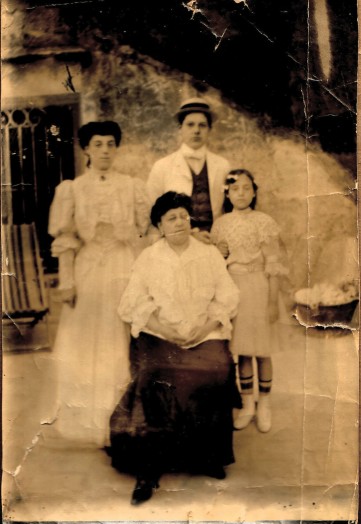
Victorina with Pepita, Jorge, Isabel (left to right)
immediately upon arriving in Cuba in 1907
The note shown below was on the back. It says
“This is the latest group of us that
have
come to this country
where you don’t see anything but gold
and you sweat a lot;
today the heat is really oppressive.
How do you think we've turned out?
Manuel's role in unsuccessfully continuing to try to disrupt his
brother's relationship with his step-daughter is also documented elsewhere; suffice it to repeat
that his efforts were ultimately unsuccessful.
On October 13, 1908, Manuel and Victorina had a son, Francisco LAGOS
GRACIANI, who died tragically at slightly more than a year old (Emilito
does not know the cause of death).
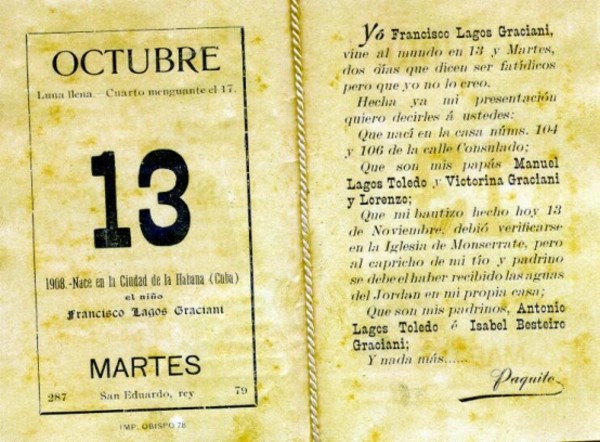
Birth Announcement of Francisco "Paquito" Lagos
"I,
Francisco
Lagos
Graciani, came into the world on Tuesday the 13th,
two days that they say are ominous, but I don't believe it.
Having presented myself, I would like to tell you:
That I was born in the house numbered 104 and 106 of the
street named Consulado;
That my parents are
Manuel Lagos Toledo and
Victorina Graciani y Lorenzo
That my baptism today the 13th of November,
should have taken place
at the church of Monserrate, but due to the whim of my father
and godfather,
I have received the waters of the Jordan in my own house;
That my godparents are
Antonio Lagos Toledo and
Isabel Besteiro Graciani.
And no more . . .
Paquito

Paquito Lagos Graciani
Emilito's mother's uncle and first cousin
Manuel was always very solicitous of the Lagos Besteiro children, and
the 1913 photo below came with a note to Emilito's Aunt Vicky, then 6
months old, noting that he dedicates the picture to her.
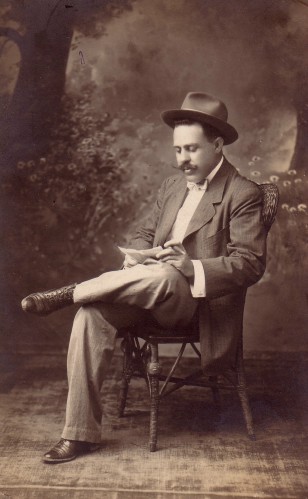
Manuel Lagos in 1913
He dedicated this picture to his niece and step-granddaughter
Victorina Lagos
The next 20+ years found Manuel and Victorina traveling very many times
between Cuba and the US, and at least once - 1914 - their visit here
was part of a Cuba -> Spain -> US -> Cuba voyage. We don't
know where they
traveled while in Spain that year, but Emilito would be surprised if
they didn't
visit the Graciani family in Seville, with whom it appears Victorina
was very close.
Apparently there were a number of years in which the nature of their
relationship was unclear (the only things the Lagos kids would say
about Manuel was that there were rumors that he was a "ladies' man;" in
1922 they came to New York from addresses on opposite ends of Cuba (she
Havana, he Santiago), and on her ship's manifest on this trip she was
listed as "single." Nevertheless they returned again in 1924 and
1927 for extended periods of time as a couple.
During 1922, when Victorina was living in Havana, Manuel was in
Santiago working for the Electric Company there. He is shown in
the upper left-hand corner of the montage below.

A collection of pictures of the Electric Company of
Santiago.
Manuel Lagos is in the upper left-hand corner, and his
signature is in the lower right of that picture.
Victorina left the US for the last time in 1928, when her daughter
Isabel became pregnant with her second child, her son Pepe
GARCÍA BESTEIRO, born on October 15, 1928 in Havana. But
Manuel carried on.
Following Victorina's death in 1931, Manuel continued his regular
visits to the United States to visit his brother's family. In
between - in 1934 - there was an unsuccessful attempt to commit
suicide. Antonio went to Cuba to visit him and discovered it was
over a woman. A woman, Antonio reported to his family in the US,
that looked just like Betty Boop.
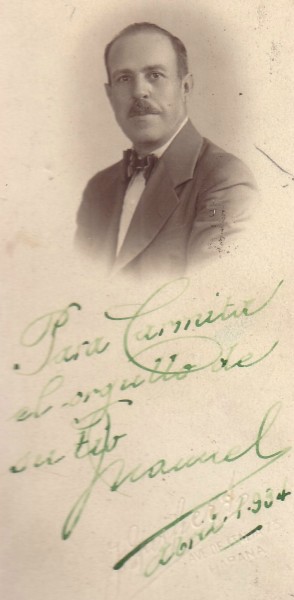
Tio Manuel in April 1934
4 months later he attempted suicide
 Betty Boop
Betty Boop
We don't know exactly what Manuel did in the following years, but
we do
know that for many years he was a judge at the Marianao race track in
Havana.
Manuel's relationship with the US Lagos family ended on a sour and
unhappy note. There had been some unpleasantness between Manuel
and his brother Antonio - no one knows the cause, but apparently they
were not on speaking terms. When Antonio, however, was diagnosed with
cancer in 1952, he wrote his brother and pleaded with him to write and
to visit. Not only did Manuel not respond, but when Antonio died
in November of that year, Domingo Besteiro went to pick Manuel up -
"Come, Manuel, we're going to your brother's funeral" - but Manuel
refused to come. In 1955, when the Carmen and Emilio Signes took
their children Emilito, Carmen and Richard to Havana for the first
time, Carmen refused to visit her uncle because of
the way he had snubbed his brother, her father.
Manuel lived out the rest of his life in a room at the Hotel New York
in Havana's Chinatown, where he died alone on July 26, 1960. He is
buried in the same grave as Victorina.

Tio Manuel in his Hotel New York room in the 1950s

Left: Victorina's ossuary / Center: Slab from ossuary with
Manuel's death date / Right: box that is probably Manuel's bones
More on this can be found in "Your Man in Havana," article
written by Emilito about his 1999 trip to Cuba
Shortly after tío Manuel's death, Emilito's Uncle Manny received
a letter
from the Cuban government stating that the family might be entitled to
an inheritance. Due to the fact that the Cuban Revolution and the US
government were no longer on speaking terms (this was shortly before
the Bay of Pigs invasion), Manny did not follow up. Later,
however, he
found out that the inheritance would probably have been worth less than
the cost of the trip and red tape to get it.
Manuel LAGOS TOLEDO cuts a strange and sometimes shadowy figure through
the US Lagos Besteiro family history, but as he is the one central
figure without whom we might not be here, Emilito felt it was worth
telling you something about him, even if there's no longer that much to
know.
Although the US Lagos-Besteiro family members think of our Maina and
Papa when we think of our origins, Emilito notes in closing that we
should recognize the vital logistical role of both Victorina and Manuel
in originating the family.
